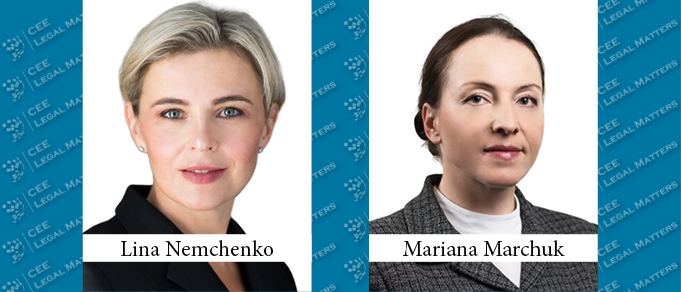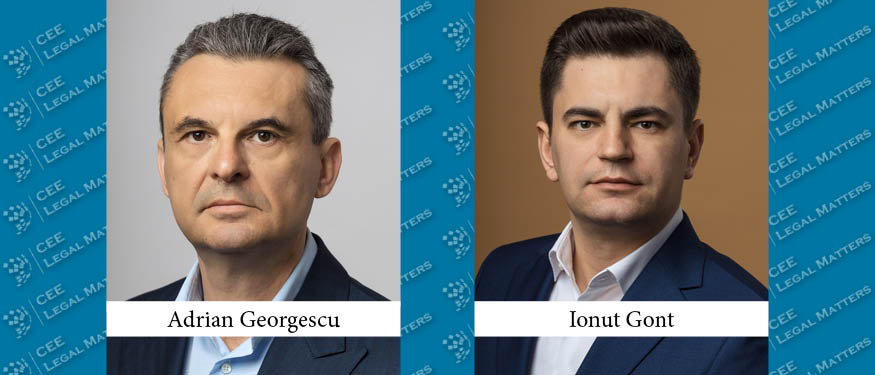CMS Partner Ana Radnev on developments in Restructuring/Insolvency across CEE
CEELM: In June of this year, the European Parliament’s proposal for a Directive on preventive restructuring frameworks, second chance and measures to increase the efficiency of restructuring, insolvency and discharge procedures and amending Directive 2012/30/EU was approved. Was this a positive step, in your opinion?
Ana: We see the Directive as a recognition that out-of-court restructuring is most often the process which is likely to result in value retention and a successful outcome, and we believe the plan to legislate to enable consensual restructuring to allow parties to benefit from rights otherwise available only in formal processes as very positive. The Directive is designed to provide legislative protection and support to achieve a majority consensual process. There is further work to be done and the implementation process across CEE jurisdictions may not be advancing at the same pace, but in itself the publication of the Directive is a positive sign to the market and has helped to foster a change in the approach towards restructuring in a market where the formal insolvency process, quite often resulting in bankruptcy, has traditionally been seen as the only option. Talking to market participants, banks as well as advisors, the shift in approach is welcome.
CEELM: Do you find overall awareness of restructuring options is strong across CEE?
Ana: Perhaps on the back of high-profile restructuring cases in CEE, awareness of complex restructuring processes and techniques has increased, and especially now that the NPL portfolio transactions that have kept the region busy the past few years have, by and large, been concluded, single-asset transactions are starting to take precedence. Single-ticket transactions are attracting special-situation investors who are well-versed on restructuring techniques and are now testing local laws for implementation of these models. Such single-ticket transactions offer opportunities for better returns for investors – primarily direct lenders or special-situation/distressed investors who are now fairly jurisdiction-agnostic, so that transaction circumstances and returns take precedence over geographies.
Generally, legislation has improved across the region, and the fact that very large and tiered transactions have been successfully executed has sparked confidence in the market. Also, with private equity investment increasing across CEE, capital structures have become more sophisticated and both private equity investors and incentivized management teams are approaching distressed situations from the perspective of interested stakeholders and looking at overall restructuring of the capital structure of companies they are invested in. It is also interesting to follow the dynamics of club or syndicated financings involving both local and international banks. Local banks have increasingly sophisticated workout teams who – in addition to their local experience – are now used to dealing with consensual restructurings and evaluating capital structures from this perspective. We should not, however, minimize the regulatory pressure that commercial bank lenders are under, and restructuring processes and solutions should be mindful of regulatory and compliance requirements.
CEELM: Which countries in CEE would you say offer the most effective and comprehensive insolvency/restructuring regimes, and which are the furthest behind?
Ana: In my view it is a matter of market practice and experience, so that, for example, in larger markets, such as Poland, where there is more activity, the insolvency and general restructuring regime is more tested. However, that being said, we generally find local laws sufficiently flexible to allow the implementation of traditional consensual restructuring solutions, and there are many examples of successful outcomes in Romania, Bulgaria, Hungary, Ukraine, and elsewhere in in CEE. Many of the club or syndicated financings in the region are governed by English law and there are examples of successful schemes implemented in relation thereto. This is one of our strengths at CMS, where we have teams on the ground in CEE working with our colleagues in London to coordinate and implement restructuring options in local markets.
CEELM: Many fear that a downturn is coming – perhaps even another major recession. Are CEE companies better prepared this time around than they were before the 2008 crisis?
Ana: I think this is ultimately a question of awareness and approach. Many companies have a CEE-wide presence and many depend on international suppliers or clients. This global interconnection is, I believe, better understood by management teams and owners that it was before, giving them a better understanding of restructuring options. As I noted previously, workout teams of local banks are now more experienced, and in many cases we see them looking to drive reassessment and pushing for adjustments or reorganizations. There are more turnaround advisors and the professional associations are busy advocating consensual restructurings as viable options. This and more sophisticated investors should mean that the mindset is changing and management teams and investors would be more open to and driving the restructuring of their business in a dialog with experienced financing providers.
CEELM: CMS has a widely-recognized Restructuring practice. Why has it been so successful?
Ana: Our focus on restructuring is not only from a financial restructuring perspective. Business models are being challenged and transforming, and we assist clients with this transformation – be it in terms of corporate reorganizations and disposal of non-core business lines or assets, reorganization of employment models to offer agile and flexible working conditions, reviewing contracting terms with suppliers, recapitalization, or financial restructuring. We have a cross-practice approach to restructuring and we believe a successful outcome can only be reached with a holistic assessment of the context. Our sector expertise informs our solution assessment and we are able to work closely with the stakeholders to identify and quickly implement suitable restructuring options.
This Article was originally published in Issue 6.11 of the CEE Legal Matters Magazine. If you would like to receive a hard copy of the magazine, you can subscribe here.
















